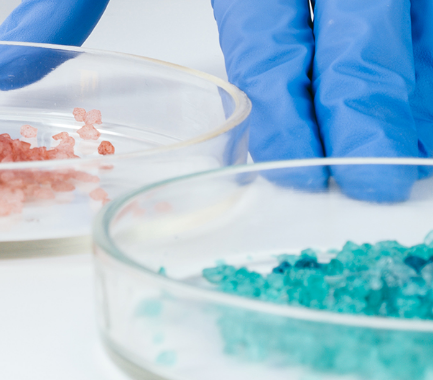Your contact
PENPET-Team - Hamburg

Christoph Meister
Sales
Tel. +49 (0) 40 - 675 7 99 30
sales@penpet.de
Get in touch with us.
Diisononyl phthalate (DINP)
Diisononyl phthalate (DINP) is a mixture of organic substances that belong to the esters of phthalic acid and are mainly used as plasticizers. The production itself is based on a mixture of different isomeric equivalents of isononyl alcohol, which is reacted with phthalic anhydride with the aid of a titanium catalyst and with the elimination of water.
As a plasticizer with high cold resistance, diisononyl phthalate is of great importance for the plastics industry. It is mainly used in the production of polyvinyl chloride (PVC). It is also used in the manufacture of solvents, sealants, rubber, lacquers, paints and adhesives.
We look forward to receiving your inquiry for an individual offer. Delivered as liquid in road tankers or tank containers, packed in IBCs or in drums.
CAS no. 28553-12-0
EINECS no. 249-079-5
Molecular formula: C26H42O4
Synonyms: DINP, di-isononyl phthalate, diisononyl phthalate, bis(3,5,5-trimethylhexyl) phthalate
Areas of application: Plasticizer for PVC and other plastics, used in the manufacture of sealants, solvents, rubber, paints, varnishes and adhesives
More Information
Diisononyl phthalate (DINP) is a mixture of predominantly isomeric esters of phthalic acid with two isononyl alcohol residues. The substances have a similar structure and all have the aromatic center of the phthalate, two adjacent ester groups and two long, branched nonyl chains extending from these. They differ in the spatial arrangement and the way their components branch out, but otherwise have similar properties.
Diisononyl phthalate (DINP) is an oily liquid, colorless and has a very faint odor. The mixture only changes into the solid phase at very low temperatures and has a very low volatility at room temperatures. Diisononyl phthalate (DINP) is practically insoluble in water. The combination of these properties makes the mixture a stable and reliable plasticizer for plastics. When in contact with water, the liquid settles to the bottom due to its higher density.
Under normal conditions, diisononyl phthalate (DINP) is a stable mixture of substances. It is flammable but difficult to ignite. It reacts exothermically with acids and redissolves into isononyl alcohol and phthalic acid. Contact with strong acids can lead to very violent reactions and the reaction products can ignite. When reacting with alkali metals, flammable and explosive hydrogen is formed. In the event of a fire, dangerous gases such as carbon dioxide and carbon monoxide are released.
There are no known indications of any health hazards from diisononyl phthalate (DINP). The mixture of substances is not considered to be an irritant when inhaled or when it comes into direct contact with the skin. The substance can cause redness and slight irritation in the eyes. After contact, affected parts of the body should be rinsed thoroughly with running water. If significant amounts of diisononyl phthalate are ingested orally, transient gastrointestinal symptoms such as nausea and vomiting may occur. In tolerability studies on animals, effects on the kidneys and the liver were also found after chronic exposure.
Due to proven effects on aquatic organisms, diisononyl phthalate is considered to be slightly hazardous to water. The mixture of substances should therefore not escape into the ground, the sewage system and bodies of water.
